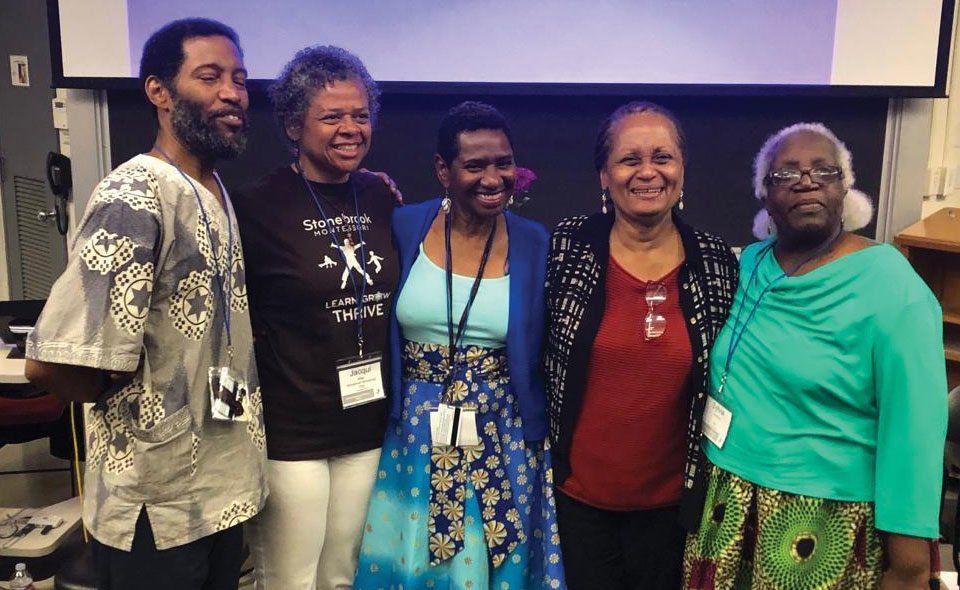Blog
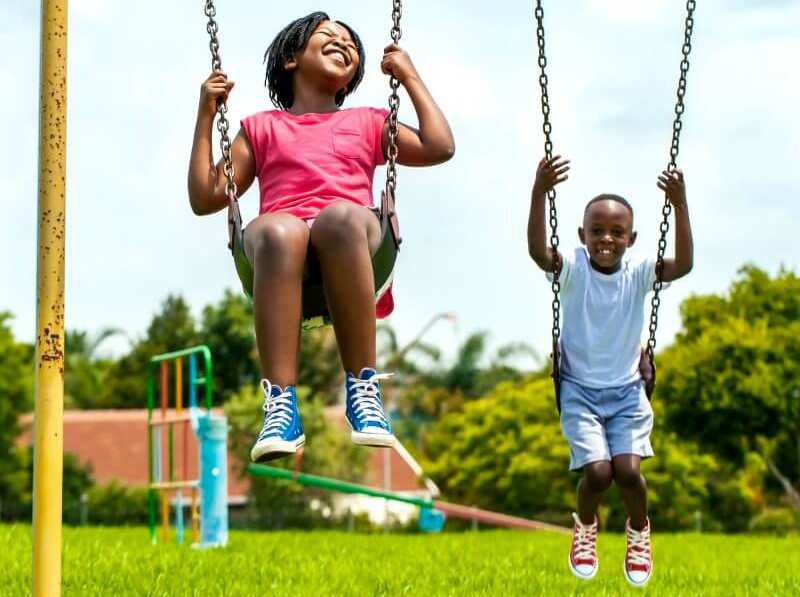
By Nido Marketing
•
21 Oct, 2022
If you ask any parent, they'll tell you that their child has a unique personality and set of interests. It's because each child is an individual—and so are their needs. When it comes to playtime, though, all children need the same thing: time to explore, create, and have fun without adult interference. That's why I'm here today to talk about black children and why play matters for them in particular.
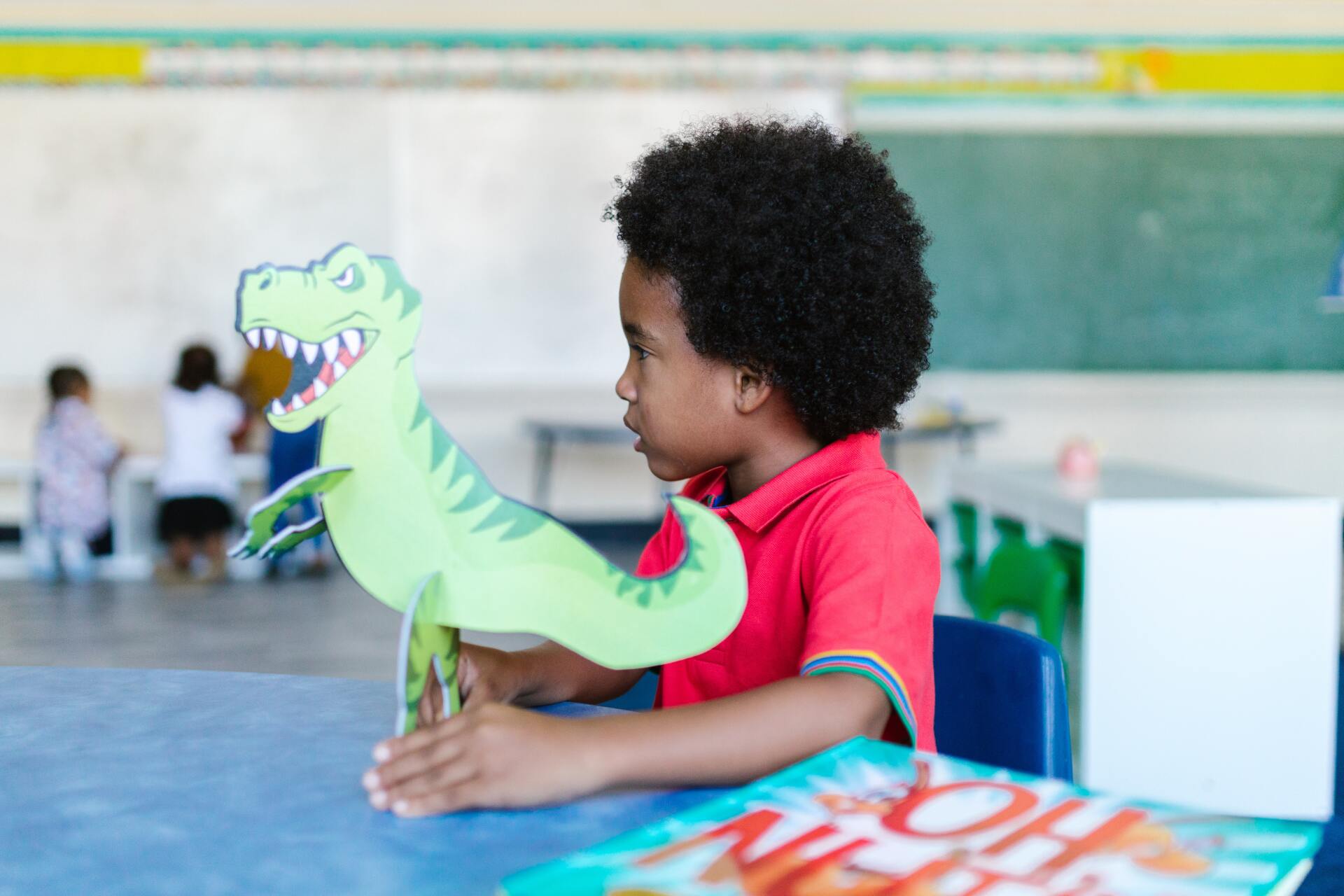
By Nido Marketing
•
21 Oct, 2022
It’s no secret that black children are disproportionately represented in special education classes, suspended from school and expelled at higher rates than their peers. That's because many schools are not set up to meet their needs. They lack the resources necessary for black students to excel academically, socially and emotionally. The true purpose of education is to prepare individuals to be self-sufficient, independent thought leaders. Montessori education prepares children for life.
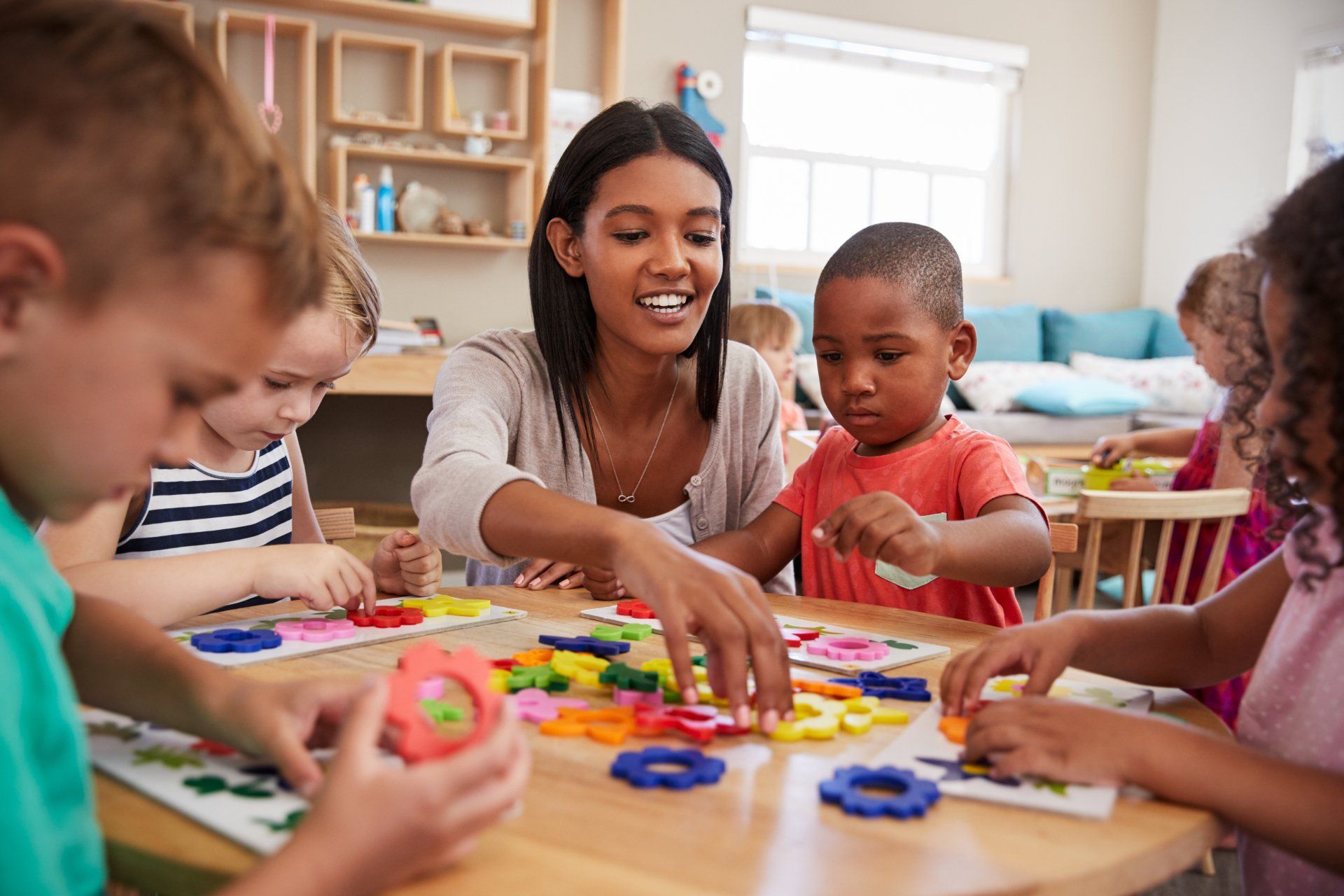
By Nido Marketing
•
09 Sep, 2022
Sometimes it’s easiest to begin by explaining what a Montessori teacher isn’t. A Montessori teacher is less like the traditional idea of an instructor, and more like a gentle guide. They don’t consider it their job to give a child information. They rather lead children in the general direction and give them the tools they need to find the information themselves.
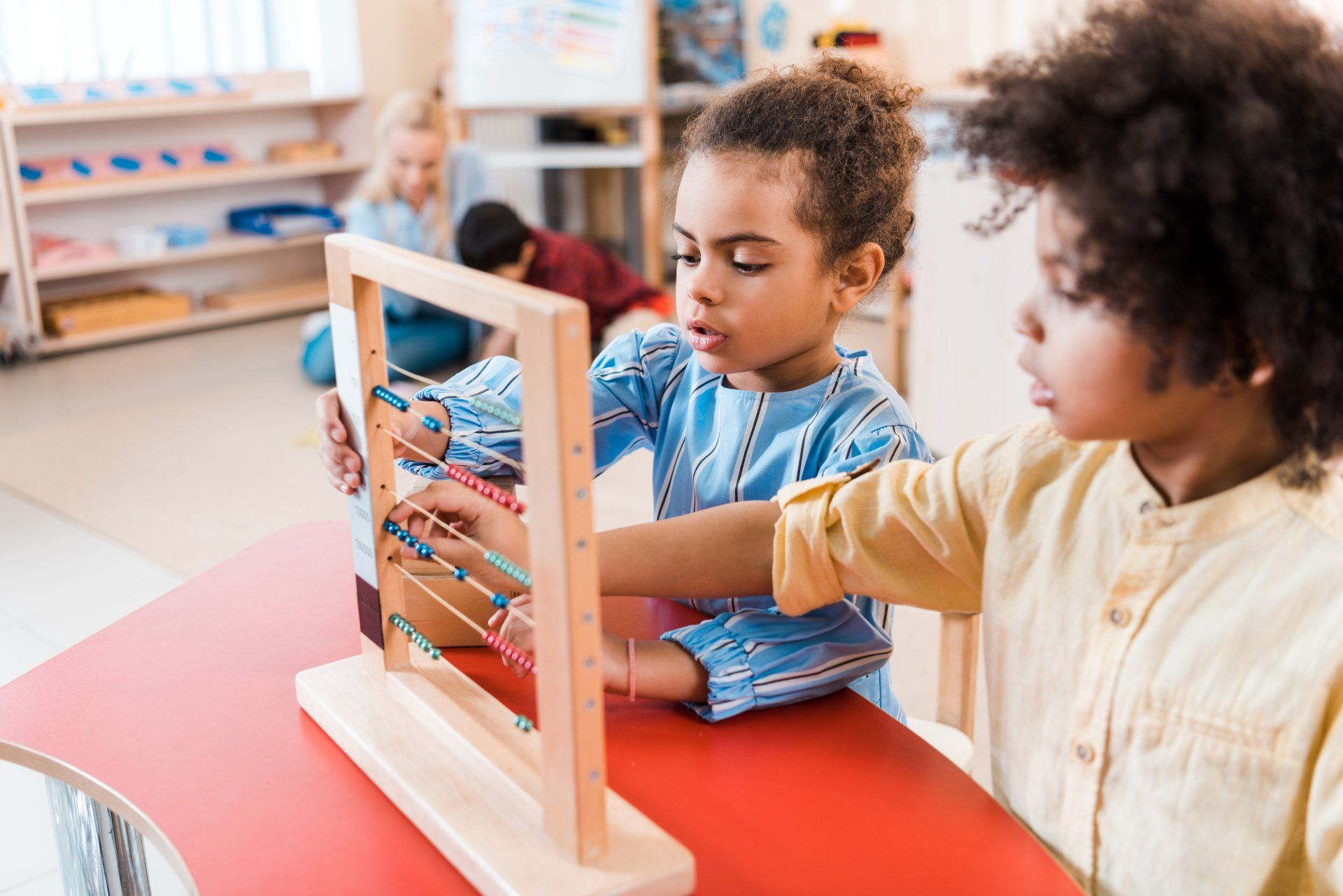
By Nido Marketing
•
12 Aug, 2022
Infants and toddlers may be together or separate, with a toddler classroom serving children 18 months to three years. Primary classrooms are for children ages 3-6, with preschool and kindergarten-aged children together. The elementary years serve children ages 6-12; some schools separate into lower (6-9) and upper (9-12) elementary, while many split elementary into two groups. Even Montessori middle- and high-school students learn in multi-age classrooms.
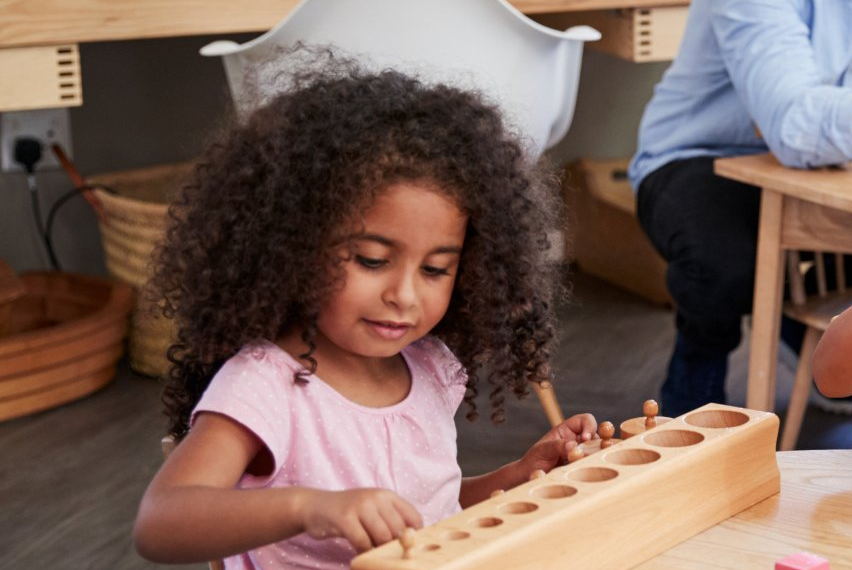
By Nido Marketing
•
08 Jul, 2022
Maria Montessori based her entire educational philosophy on the idea that children developed through a series of four planes. Each of these planes is easy to recognize and has clear, defining characteristics. If we study and understand these stages, we can approach our interactions with children with a new perspective.

